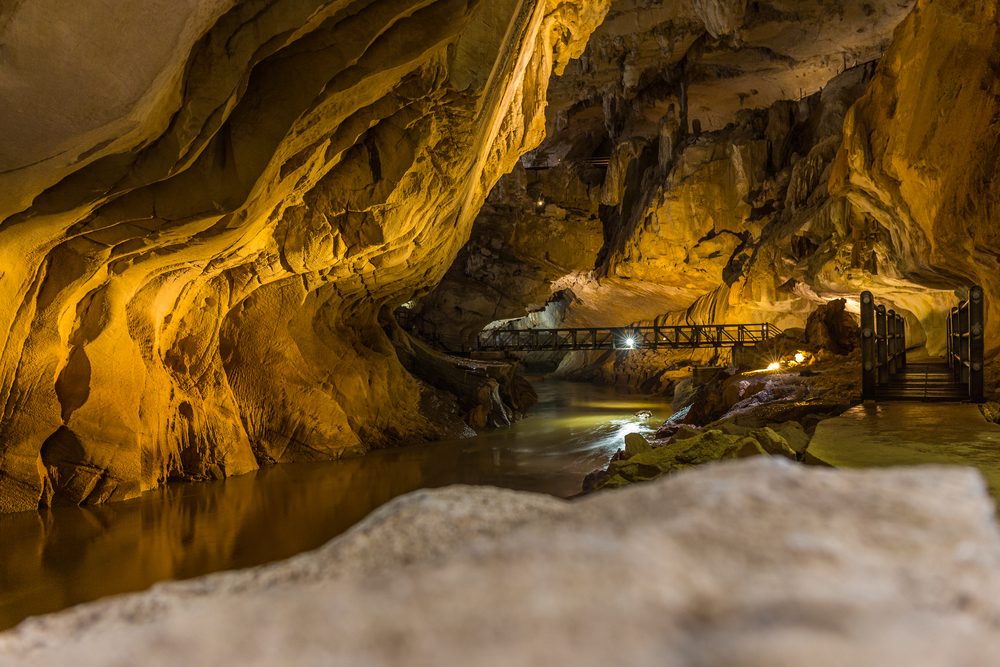The job market feels eerily reminiscent of 2009—economic corrections, political uncertainty, and heightened competition are reshaping the landscape. Professionals are facing unprecedented challenges, with confidence levels in need of a boost, one truth remains: strategy is everything.
Much like preparing for a visit to Wind Cave National Park, navigating your career transition requires thoughtful planning, intentionality, and the ability to engage fully in the process. Without a solid plan, you risk missing critical opportunities or becoming overwhelmed. Let’s explore how you can build a job search strategy that not only stands out but helps you move forward with clarity and confidence.
Start With Your Cornerstone
The foundation of any job search strategy begins with knowing what you want—and what you don’t want. This clarity shapes everything from the roles you target to the energy you bring to networking and interviews. Ask yourself:
- What industries or roles excite me?
- What work environments align with my values?
- What tasks or responsibilities am I ready to leave behind?
Just as hikers plan their route based on the type of experience they want; your job search must be tailored to your goals and priorities.
Prioritize
In a competitive market, understanding your priorities is crucial. Create a forced ranking of your key job criteria:
- Salary: What is your minimum acceptable range?
- Benefits: Health insurance, retirement contributions, PTO—what’s non-negotiable?
- Work Schedule: Do you need flexibility or a traditional structure?
- Location: Is remote work a must, or are you open to relocation?
- Travel Requirements: How much is too much?
When opportunities arise, use this list as a filter to evaluate fit and avoid settling for less than you deserve.
Polish Your Professional Presence
In today’s digital-first hiring environment, your resume and LinkedIn profile must reflect the best version of you. Take time to:
- Refresh your resume to highlight measurable achievements.
- Optimize your LinkedIn profile with a compelling headline, strong summary, and relevant keywords.
- Gather recommendations from trusted colleagues to reinforce your expertise.
Remember, a strong first impression opens doors.
Leverage Your Network
Networking remains one of the most effective job search tools, especially in uncertain times. Reconnect with your professional network to uncover hidden opportunities:
- Reach out to former colleagues and mentors.
- Join industry groups and attend virtual or in-person events.
- Share updates about your job search with your trusted connections.
It’s not just about asking for leads—it’s about building relationships and offering value in return.
Prepare for Every Interaction
Interviewing and salary negotiation require practice. Familiarize yourself with current best practices to confidently navigate these critical conversations. Preparation includes:
- Crafting concise answers to common interview questions.
- Researching salary benchmarks for your target roles.
- Learning how to advocate for your worth while staying flexible.
A polished approach helps you stand out, even in an employer’s market.
Your JWS Career Compass Awaits
While the current market may feel bleak, history shows us that cycles like these don’t last forever. As we move into the new year, expect opportunities to gradually increase. Stay ready by trusting your gut, leaning into your strategy, and positioning yourself as a standout candidate.
Navigating today’s job market without a strategy is like entering Wind Cave without a guide—you’ll miss the beauty and opportunities around you. At JWS Group, we specialize in helping professionals like you build tailored job search strategies that make a difference.
Take advantage of our JWS Career Compass special and save 10% off, available through the end of this month. Let’s work together to create a plan that puts you in control of your career journey.
Contact Julie Shipman at julie.shipman@jwsgroupllc.com to get started today.
🌿 JWS Nature Fun Fact 🌿
Happy Birthday to Wind Cave National Park in Hot Springs, SD. It was the first cave system to become a National Park on January 9, 1903. It is one of the longest caves in the world, second to Mammoth Cave in Kentucky. The park has approximately 125,000 visitors a year according to the National Park Service. Wind Cave National Park earned its name from the way the wind sounds as it blows in and out of the entrance to the cave. Some people say it sounds like the cave is “breathing”.

